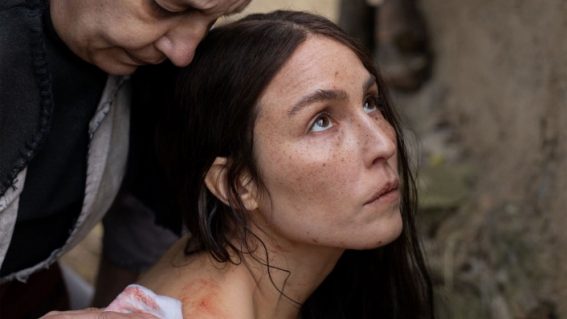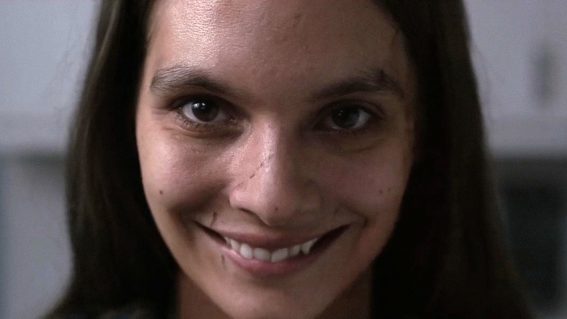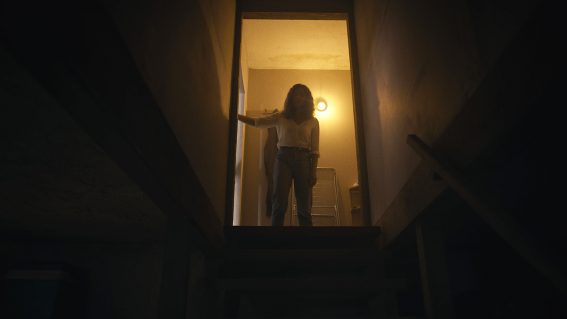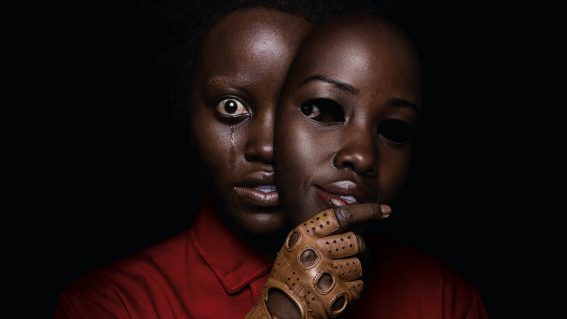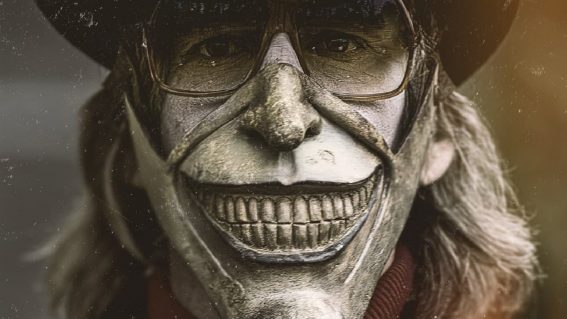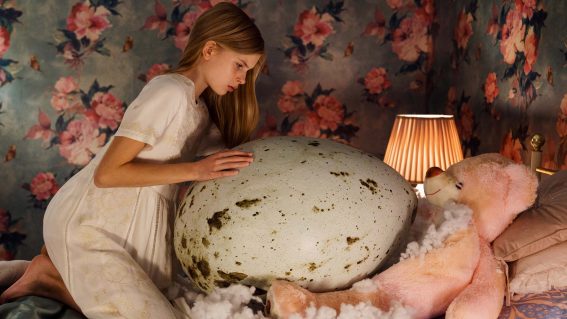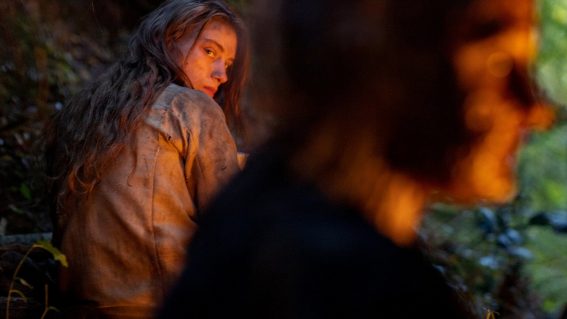
Jason Blum interview: the hotshot producer of Halloween and Get Out reveals the secret of his success
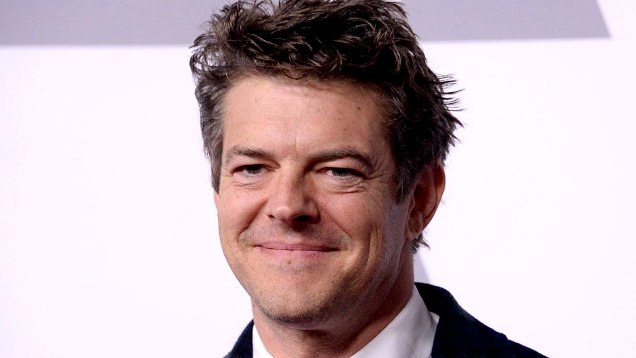
His production company Blumhouse have made billions out of scaring people in their homes with flicks like Insidious, Sinister, Get Out and The Purge. Now Jason Blum has his hands on the originator of residential terror: Halloween.
“The suburbs are supposed to be safe,” says Jason Blum, with a mischievous glint in his eye. “Traditionally in the United States it was white flight, right? It was white people going away from inner cities to a safe, cosy, contained place.”
The 49-year-old is hitting on one of the key reasons John Carpenter’s Halloween terrified audiences when it first played in cinemas across America and then the world in 1978. Leafy streets occupied by mostly white, mostly middle class families weren’t supposed to have any dramas larger than who stole Mrs Perkins’ meatloaf recipe. Let alone a masked murderer from within their own community preying upon teenage babysitters for no other reason than because he can.
Jason Blum knows this: “The best place for scary things to happen is where you feel the safest. That’s why the best horror scenes generally, the scariest horror scenes, are in your bedroom. You feel safest in your house and the room you feel most safe in is your bed, in your bedroom, and if you’re threatened there, you’re gonna be scared.”

In the excellent and in-depth podcast Halloween Unmasked from The Ringer, Carpenter talks at length about the horrors he witnessed in suburbia: from straight up racism to malice hidden behind a smiling, Southern façade. He didn’t realise it at the time, but it would go on to greatly influence his most iconic film years later.
Halloween – written by Carpenter and then girlfriend Debra Hill – was the most profitable independent film “for 22 years” exclaims Blum, who notes “the others (in the franchise) have been not so good.” That complicated legacy was part of the appeal for Blum, who has been collecting auteurs like Jordan Peele, James Wan, Leigh Whannell and Scott Derrickson at Blumhouse for the past decade like a Pokémon trainer collecting rare Pokémon.
“I was very attracted to the challenge,” he says. “We have a very specific, particular system of the way we do movies at the company. Could we impress that system on Halloween to see if we could turn out a good one? I feel like we succeeded at that.”
Sign up for Flicks updates
It’s widely known that Blum doesn’t like making expensive movies: he likes making smart movies. His model is to try and keep the budget of most films that come out of Blumhouse under $10 million, instead dealing creators in on the backend profits which allows him to take less of a risk financially and them to retain power creatively.
“The way to exert control over artists is to pay them up front so Hollywood is a lot about exerting control on the product,” says Blum, who worked at various studios in the nineties before founding his own in 2000. “It’s very hard for Hollywood to relinquish control. If you don’t pay up front, you have to let the artists do what they want to do. That all goes back to low budgets: it’s easy for me to sit here and say ‘I can let artists do what they want to do’ because we’re not taking big risks. If I was making $100 million movies, I’d be doing exactly what the studios do.”
It’s not surprising then that this is the first Halloween film Carpenter has been involved with since 1982’s Season Of The Witch. The 70-year-old and Blum share a certain sensibility when it comes to putting the creative ahead of economics, while at the same time taking measured risks. It shows in the end product, with 2018’s Halloween written and executive produced by Danny McBride and David Gordon Green, both better known for comedy.
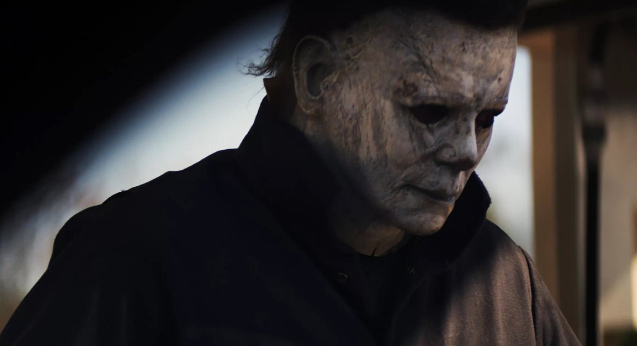
The latter also directs, with Jamie Lee Curtis back as executive producer and star, but this Laurie Strode has gone full Linda Hamilton. Her life has been wrecked by the memories of the ‘babysitter murders’ that took place in the first film, with Strode having turned into somewhat of a survivalist as she prepares for the day Michael Meyers eventually breaks free. One of the film’s few issues is that it breaks its own rules: it wants to disregard every movie after the 1978 original, which means Meyers is locked up in a high-security psychiatric war for killing his sister when he was six and several teenagers during the All Hallow’s Eve massacre.
Sure, killing half a dozen people is no joke. But in order for you to believe the mythology around him – he’s supposed to be a figure so notorious an investigative true crime podcast from the UK travels to try and interview him – six murders from the 70s wouldn’t be something people still obsess over in 2018. It’s said to Strode multiple times – “get over it” – with Miles Robbins’ character Dave even doing a whole monologue about why her bleak mantra seems a bit OTT. He does use the phrase “murderlated” though, so it balances out.
Yet for most fans of the original, the new team has merged rather seamlessly with the old. Carpenter is back as executive producer and also composer, adding a modern drum beat to his original theme but also offering multiple new tracks with his son, Cody Carpenter. It’s like a familiar, warm, murderous blanket being wrapped around the shoulders of horror diehards with even the original font returning in the opening credits as a Jack-O-Lantern’s decomposition is played in reverse (a fitting albeit on the nose metaphor for the franchise).
There’s also the fresh elements, the ones aimed at attracting newcomers: including new cast members and a genuinely hilarious sense of humour. At it’s core, however, there’s some tangible quality that makes it feel like 1978’s Halloween. Perhaps because it too was made by genre lovers who felt under served at the multiplex and were scraping together a movie with whatever pennies they could find. As a description, that’s not too far from how Blum is perceived in the business.
“The DNA of a Blumhouse movie feels the way it does because of my discipline and passionate belief that the budgets should stay low,” he says. “I’m not interested in making expensive movies: you have to make too many compromises. You make creative compromises so many times when you’re spending $100M or $50M on a movie … it would kill me to make them.”



